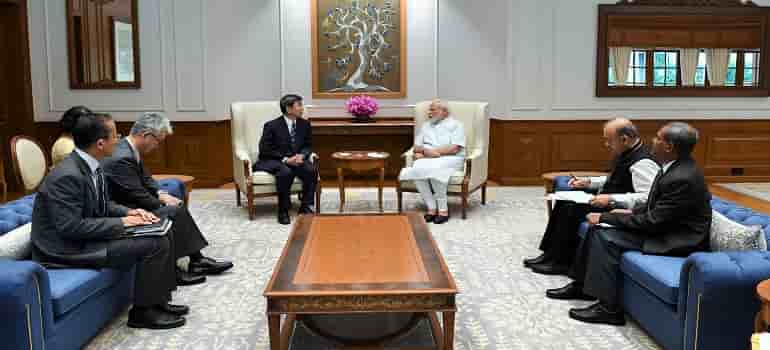
In a bid to minimise disruption in value chains of global business and reliance on Beijing that got effected by the COVID 19 outbreak , Asian Development Bank (ADB) recently in its blog expressed its interest to support setting up of PV manufacturing beyond China.
Yongping Zhai of the Asian Development Bank (ADB) in a blog post said the COVID-19 outbreak has exposed the vulnerability of value chains in Asia and the Pacific. But there are ways to strengthen it so the region’s low-carbon energy transition can continue. ADB can expand its support to members to play an active role in the solar PV value chain to build manufacturing capacity and human resources.
Zhai noted -Ever since the epidemic started, many solar PV developers in Asia and other parts of the world have experienced protracted delays in importing solar PV modules and other supplies. This was mainly caused by transport restrictions imposed by some countries as the virus spread.
Asia-Pacific countries have a strong PV resource noted Zhai the head of ADB’s Energy Sector Group, Sustainable Development and Climate Change Department.
Based on International Energy Agency’s (IEA) sustainable development scenario, global solar PV capacity will reach 4814 GWs in 2040 from 495 GWs in 2018, adding 196 GWs per year on average. In Asia and the Pacific, the yearly addition of solar PV will amount to 131 GWs on average during 2018-2040.
Currently, many developing countries in Asia and the Pacific have very limited manufacturing capacity in the solar PV value chain. They are therefore dependent on imported solar modules and other equipment. Solar energy is a natural resource in every country. However, if solar PV equipment and parts have to be sourced abroad, the energy transition of these countries will be incomplete, stated Zhai.
He further added “in addition to manufacturing capacity, the solar value chain also involves technical services such as design, engineering, installation, and operations and maintenance. In this regard, a serious skills gap exists in many developing countries in Asia and the Pacific, making them dependent on foreign consultants and contractors to implement projects. Again, unless developing countries can design, install, operate, and maintain their own solar PV systems, their solar energy systems will not be sustainable.”
He believes India has the manufacturing potential. Citing India’s Energy Research Institute, an influential energy think tank, he noted competitive 15 GWs of the full value chain is possible by 2024.

